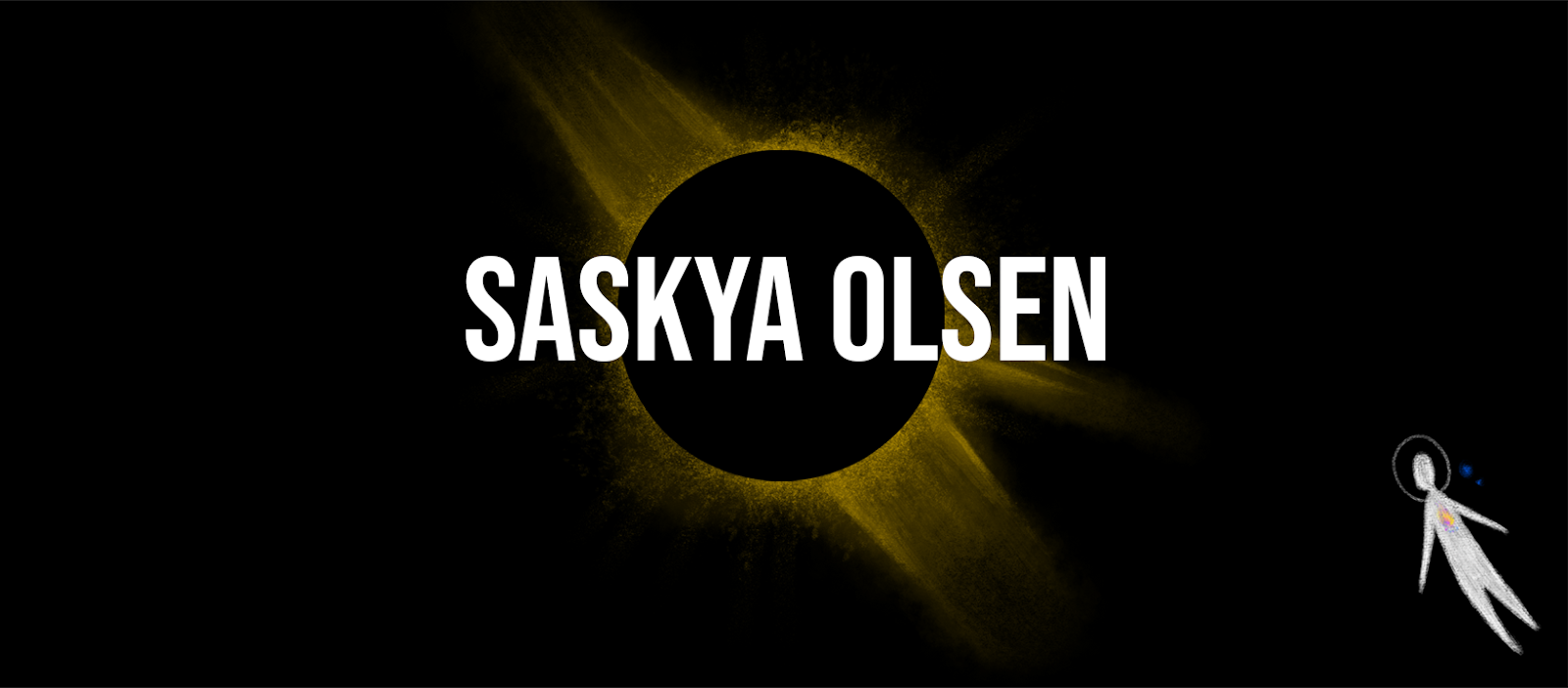Book Critique: Bold Visions by Gary Tonge
A catalogue of tips and advice for beginner level digital artists. Some of the subject matter can seem a little outdated simply because software such as photoshop wasn't as popular and mass-used as it is today. However, it's good to listen to basic advice, as it can be surprisingly assistive.
I really appreciated Gary's focus on digital drawing through photoshop, since I'm using the exact same programme, just a newer version. An array of diagrams, tool annotations, brush stole examples and space management tips when interacting with photoshop was a great refresh and a comfortable ease into this book. It's a pleasant change to not feel overwhelmed towards a read.
One of the first main lessons I picked up during this read was Gary's advice on the 'final pass'..."your work deserves a final pass to help mesh all the elements together". This is something I frequently overlook due to impatience, leading me to discover annoying flaws after an images completion that could have been avoided. Its also a professional habit to initiate into my own workflow.
The second significant area of this book was the chapter on colour and light..."it's impossible to overstate just how important colour and light are to producing strong, believable imagery". Lighting is a big weakness of mine, and this emphasis on the element is a real motivation to practice effective lighting. Gary gives lighting advise further along in the book, my favourite being the method of drawing-out a light source's path, to ensure its movement throughout a piece is correct and therefore believable. Gary also believes that everything in a composition will hinge upon a strong light source, and light's interaction with each dimension of a composition is extremely important to the textures and distances suggested within the image.
Along with colour and light, temperature is also an important element of an illustration. Gary suggests to decide on an atmosphere first, which then gives you either a cool or warm temperature to work with. Build a colour palette around the chosen temperature. I have experimented with hues and undertones in previous work, but never decided to stick with a certain tone to stylise an entire piece, this idea of temperature consistency is something I am keen to try.
The relationship between focal points and framing was a chapter of this book I enjoyed reading; I hadn't considered their connections before, but it now makes sense. The focal point of an image needs to be clear and readable, this makes a good illustration. To assist with a focal points clarity, its good to accompany this element with effective framing e.g. dark, shadowed formations surrounding the perimeter of an image, this helps create contrast and more attention towards the focal point. Furthering the compositional advice Gary gives readers, he also suggests using common props familiar to us in order to clarify scale and perspective e.g people.
When forming the personality of a piece of digital art, it is important to consider any natural and manmade elements within a scene and their attitude towards the surrounding landscape. For example, natural rock materials are usually matt and have dull diffuse in light. Trees will typically share similar temperaments. In contrast, manmade materials such as glass and metal reflect light efficiently. This point makes the inclusion of reflections in a piece of work important, as it can greatly help with the suggestion of material. Water can be a great world builder outside of an images frame, since it is the most effective at reflecting.
I was surprised at how much knowledge I was able to gain from this read. I think that its simplicity makes it extremely easy to focus on, and you're therefore more included to absorb the information being presented to you. I would like to look into Gary Tonge's other books in the future. I think that the majority of information I picked up will help me and my visual interpretations of Italo Calvino's Armilla Invisible City.


Comments